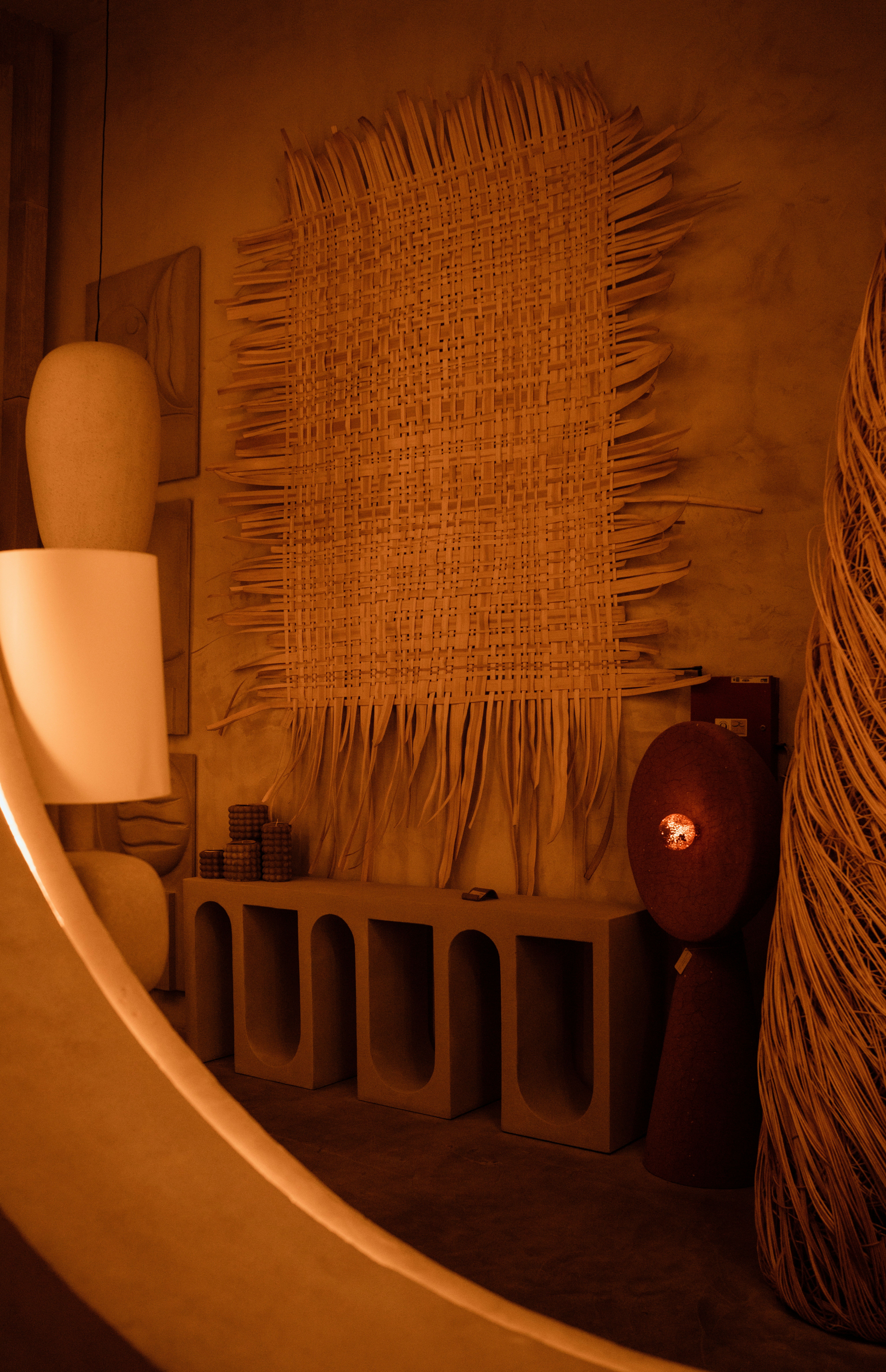
Understanding Interior Design
Interior design is an art form that blends functionality and aesthetics to create inviting and usable spaces. By understanding the principles of space planning, color theory, and furniture arrangement, designers can transform ordinary environments into extraordinary ones. The essence of interior design lies in its ability to reflect the personality and style of the inhabitants.
The Importance of Color and Texture
A critical aspect in interior design is selecting the right color palettes and textures that complement each other. Colors can drastically affect mood and perception within a room. Bright colors often energize the space, whereas muted tones create a calm environment. Textures, such as fabric, wood, and metal, provide depth and interest, adding character to the overall design.
Functional Spaces and Layout
When working on a project in interior design, functionality must be prioritized alongside aesthetics. The layout should facilitate natural movement and interaction within the room. Designers often utilize zoning techniques to define areas for specific activities, ensuring that each space serves its intended purpose without disrupting the flow. Moreover, incorporating multi-functional furniture helps maximize space in smaller environments, enhancing usability while maintaining design integrity.